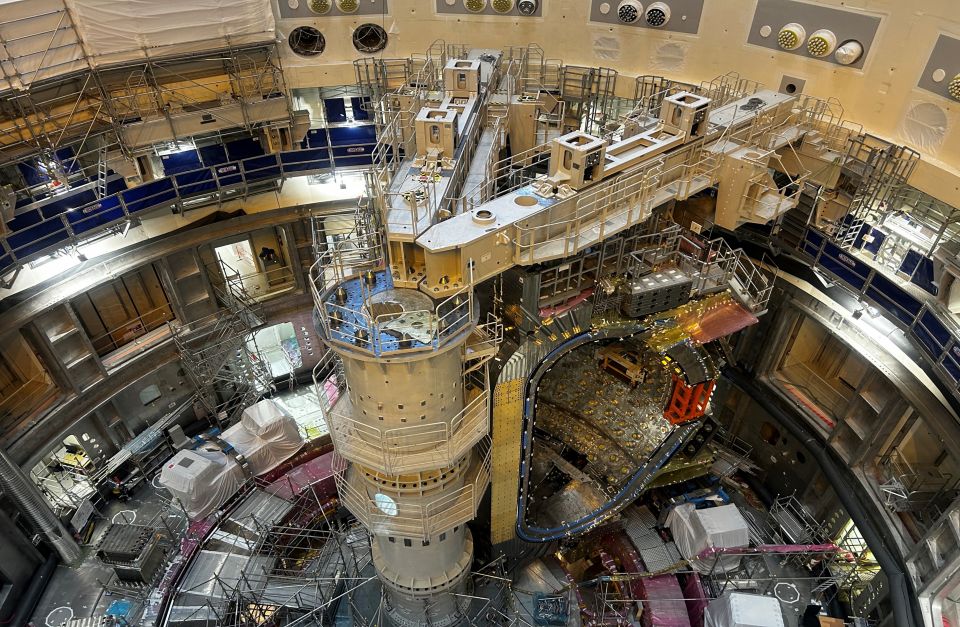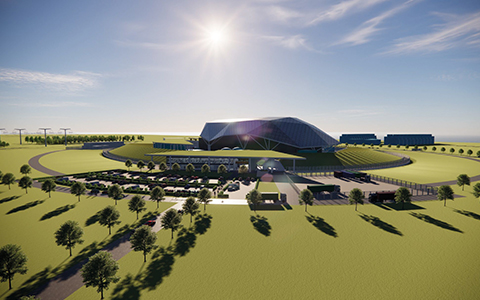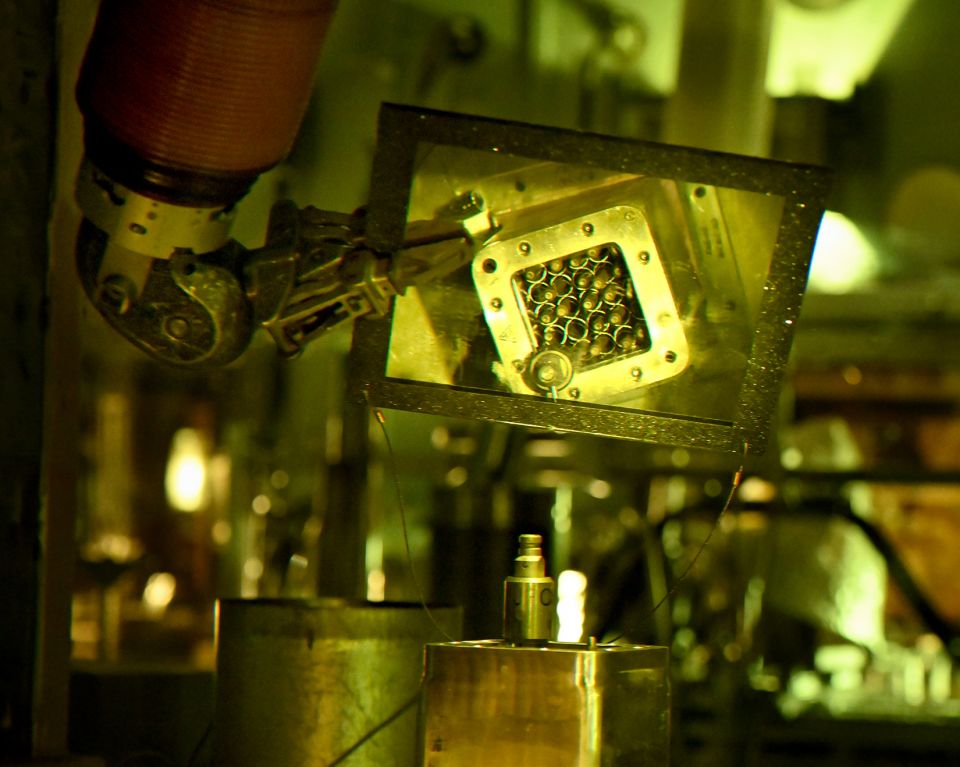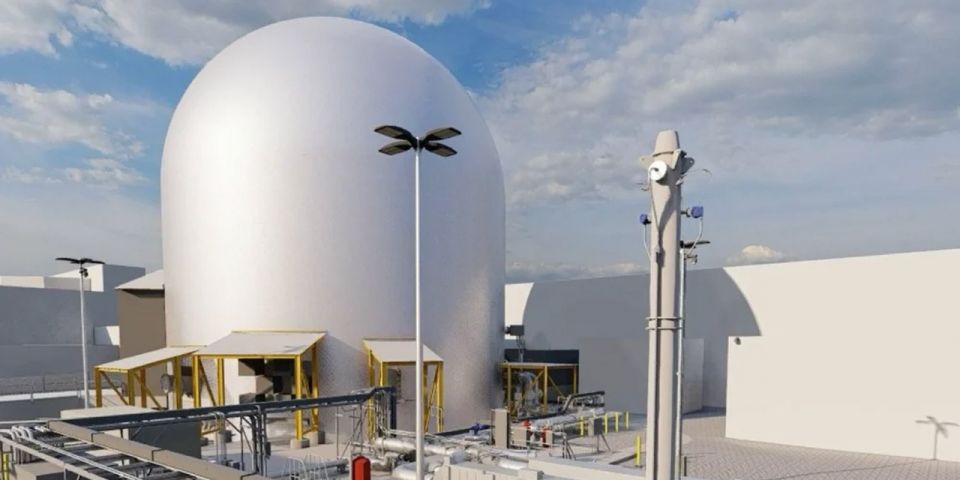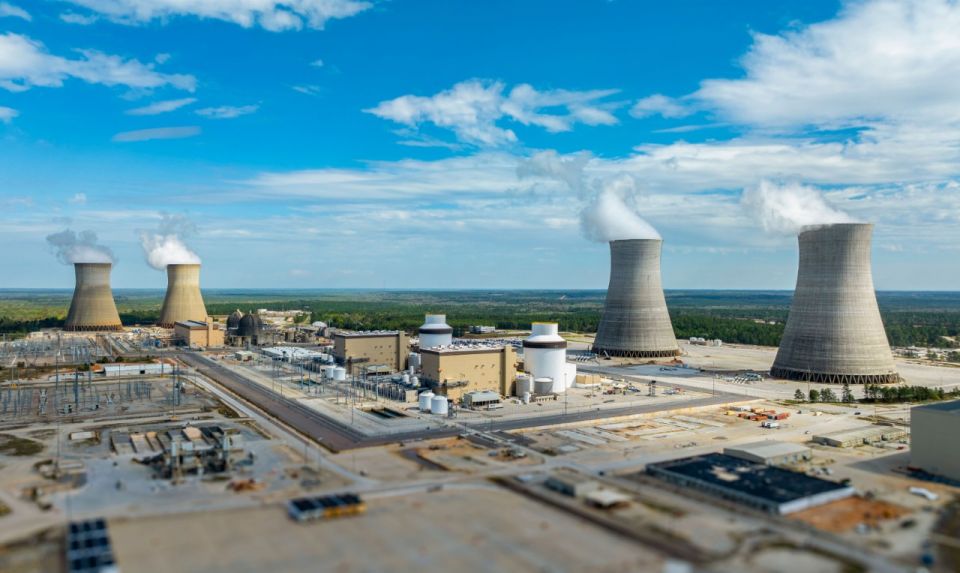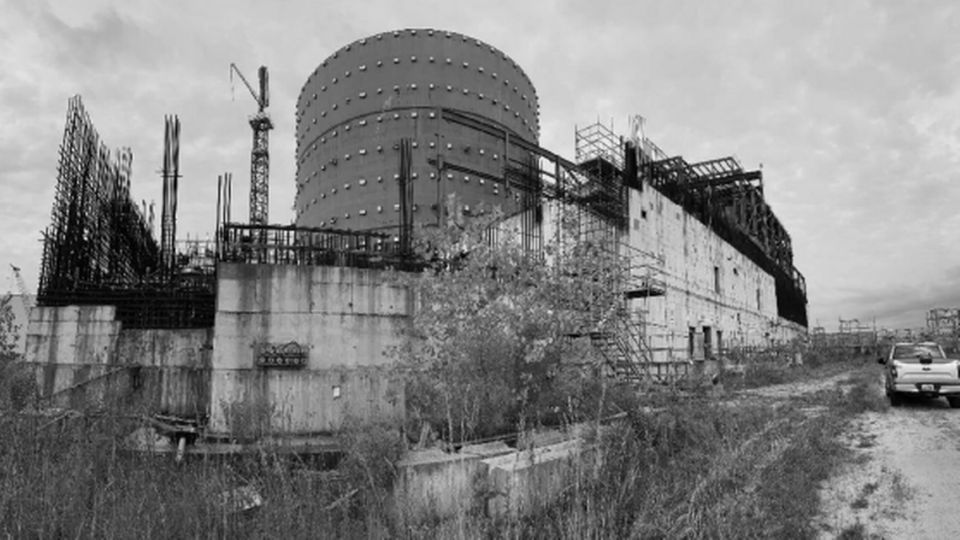Implementation of advanced PRIME fuel features
Operating costs for nuclear units have grown significantly since the start of the commercial nuclear power industry. For nuclear power generation to remain competitive, process efficiencies and innovations will need to be introduced. The challenge for any change is to improve the safe operation of the nuclear unit. An area of opportunity to reduce operating costs while improving operational safety is through upgraded fuel design and manufacturing. At Southern Nuclear, the pressurized water reactor fuel engineering team worked with Westinghouse to implement the PRIME fuel features, where simple improvements would yield safer operation and long-term cost-savings due to a more robust fuel design. Implementing the PRIME fuel ensures that the operator’s burden from fuel performance is minimized while keeping the reactor unit in a safe operating condition.



